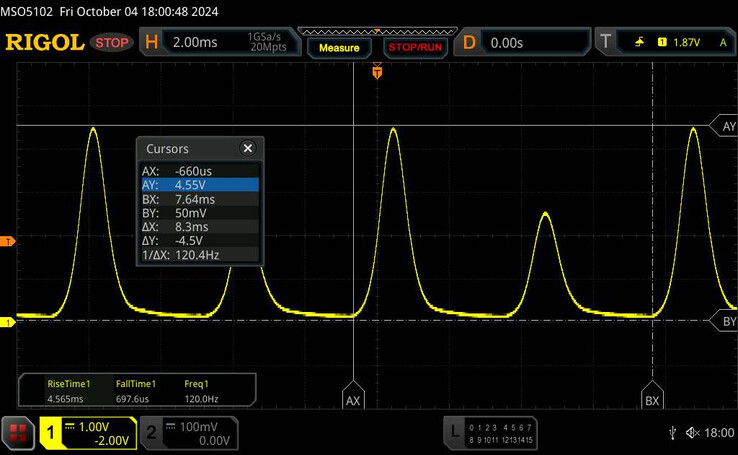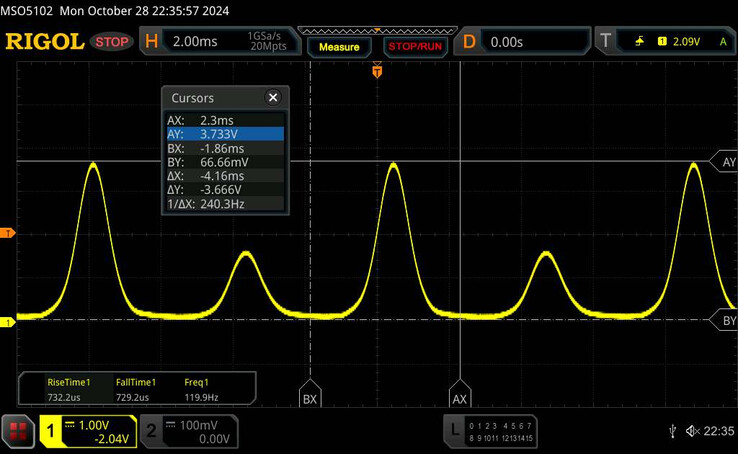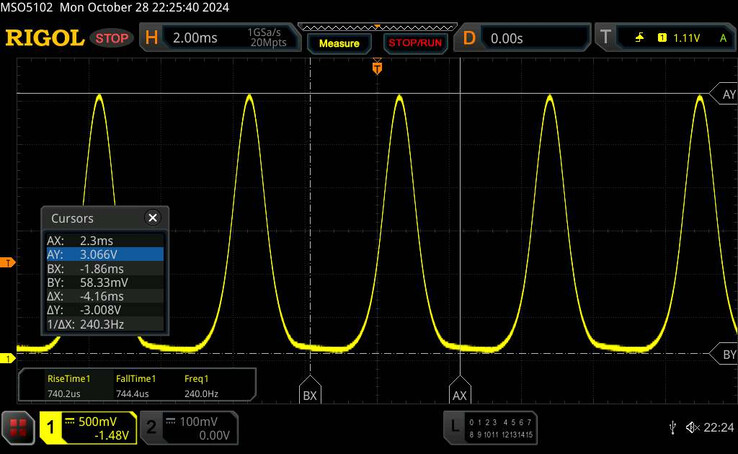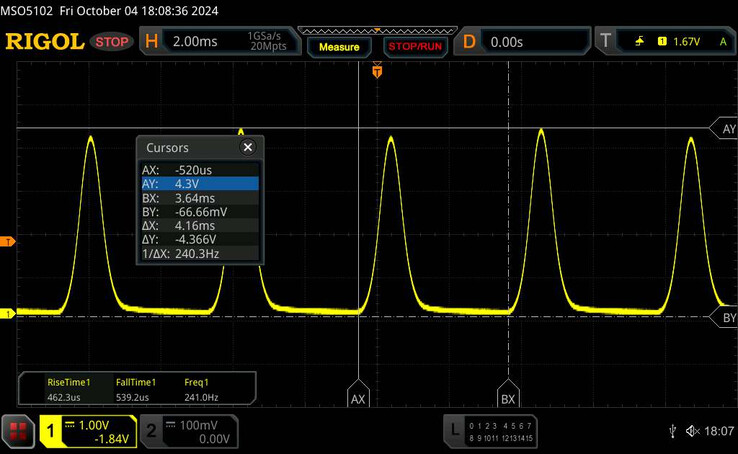It is no secret that Google is aware that its Pixel smartphones can cause headaches and eyestrain for some people. For context, the entry-level Pixel 9 (curr. $589 - refurbished on Amazon) exhibits pulse-width modulation at just 120 Hz. While the Pixel 9 Pro Fold, Pixel 9 Pro and Pixel 9 Pro XL double this rate to 240 Hz, both still fall far short of their competitors from Apple, OnePlus, Xiaomi and Samsung, among other Android OEMs.
As we discussed earlier this year, Google claimed that Pixel fans could expect to see improvements in this regard from the Pixel 10 series onwards. Unfortunately, the company did not share any specifics in this regard. According to Android Authority, it has learned that the Pixel 10 and Pixel 10 Pro Fold will jump to 240 Hz at all brightness levels, which would still be comparatively low and headache-inducing.
By contrast, the Pixel 10 Pro and Pixel 10 Pro XL are set to flicker at 480 Hz when adjusting their brightness levels to match the Galaxy S25 and iPhone 16 series. For reference, recent Honor flagships like the Magic7 Pro deliver 4,320 Hz PWM dimming values, which should all but eliminate any health issues associated with flickering displays.
Android Authority adds that all Pixel 10 models will receive brightness boosts of at least 200 nits compared with their Pixel 9 predecessors. Thus, the Pixel 10 Pro Fold should provide up to 1,850 nits on its internal display and 2,050 nits when using its foldable display in bright environments. Meanwhile, the Pixel 10 will jump to 2,000 nits, with 2,250 nits offered on the Pixel 10 Pro and Pixel Pro XL. Currently, Google is expected to unleash the Pixel 10 series in August.






























